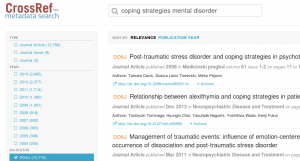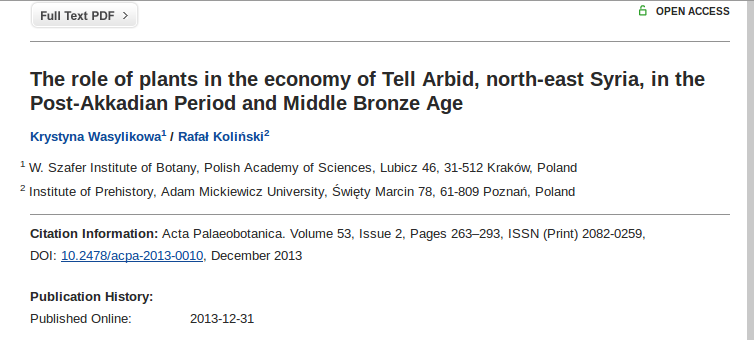 Just after I posted my previous piece about the open access publishing process,
Just after I posted my previous piece about the open access publishing process,I realized that some parts of the process mentioned in the graph have
not yet been discussed on the blog. The costs and benefits of the DOI
number and connected services were in my opinion the biggest gap, so
here I am filling it in.
The DOI stands for the Digital Object Identifier, and as you may have
already guessed, it is a unique number, which can be assigned to any
kind of digital object, such as a picture, graph, database or movie and
it is used in a variety of industries. It should be clear therefore that
this number is not any kind of certificate and its usage is not
restricted to scientific content. Although, the DOI number makes
referencing easier and scientists, after all, like references very much,
they are the most prolific users of the number. Finally, the DOI
database is maintained by a single organization ? the International DOI Foundation, but there are several registrants of DOI numbers. One of such is CrossRef,
which is an association of scholarly publishers. Thus only scholarly
publishers who are a part of CrossRef can register DOI numbers for
scientific content.
Having a DOI number also means being indexed in the CrossRef metadata database,
which is widely used. But the DOI has one more big advantage ? it is
persistent and it is connected to a location in the Internet that may be
variable. CrossRef stores data on the location of a paper, book,
database or graph that can be updated in case of any changes. A reader
trying to find your paper with a DOI number is much less likely to hit
the 404 error. So, that is why a growing number of researchers use the
identifier in references.

When you know the DOI of an article you can paste it into your web browser with a ?http://dx.doi.org/? prefix to get, for example, ?http://dx.doi.org/10.2478/acpa-2013-0010?, or search it on this website.
Using this method, rather than just following links in a bibliography,
you are less likely to hit the 404 error. What is more, if you do not
know the DOI number of an article you can find it here. If you note it down you or save it on your computer you can go back to the article even when its location has changed.
Moreover, the DOI is used by CrossRef to track citations. Although
this is not the only citation database, it is good to have your work
indexed everywhere. Altmetricss also use the number and thanks to Altmetric Bookmarklet you can use alternative measures for each article in the DOI system, even if its publisher does not support it.
 CrossMark
CrossMarkis another feature offered by CrossRef and it tracks the more recent
versions of an article. For example when someone downloads a pdf file of
your paper and you then improve it, the reader can find the latest
version by clicking on the CrossMark logo in the pdf saved on the
computer. Of course this is only possible thanks to the DOI number.
As you can see the DOI number is quite useful, mostly for readers,
but it can also improve the discoverability of your work and allow you
to enjoy altmetrics.
The system is paid for by publishers, with an annual fee based on the
company?s gross publishing revenue, and there is no way to purchase a
single number. So, if you are a researcher and you want to get a DOI for
your book, dataset or paper, the easiest way is to find a publisher who
will offer it to you.

Pingback: The process of publishing in Open Access ? notes for authors | Open ScienceOpen Science